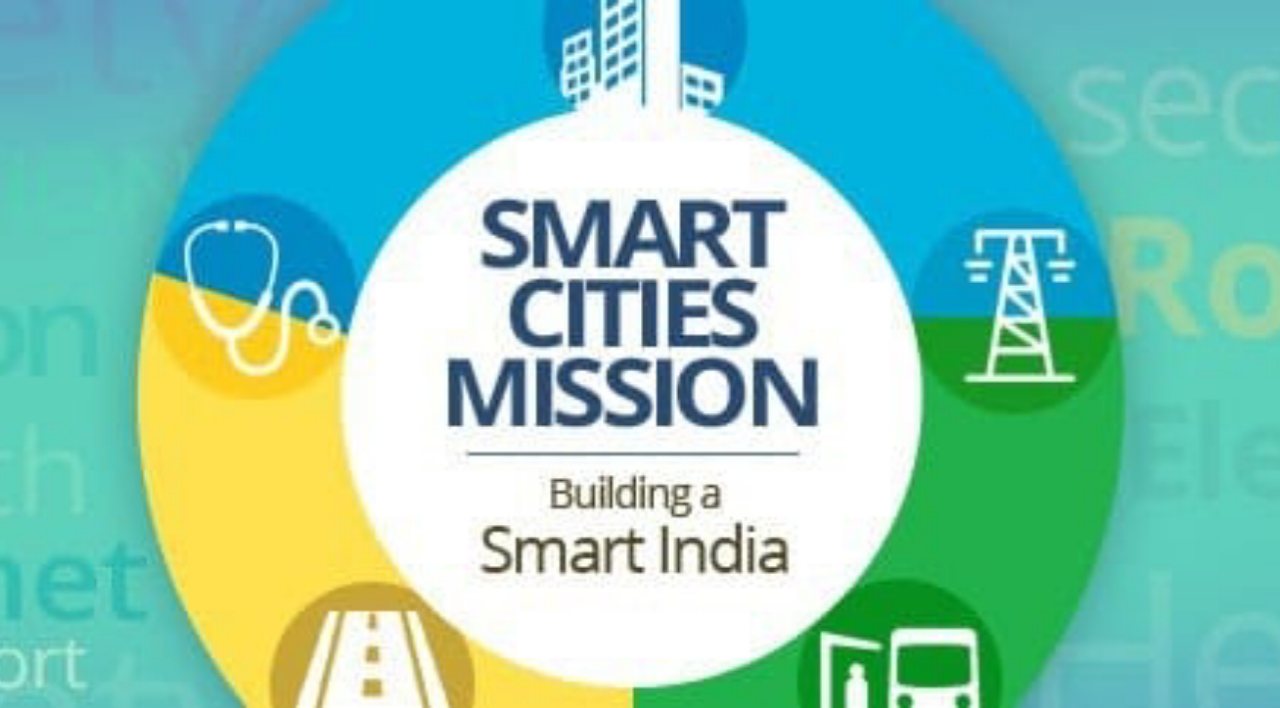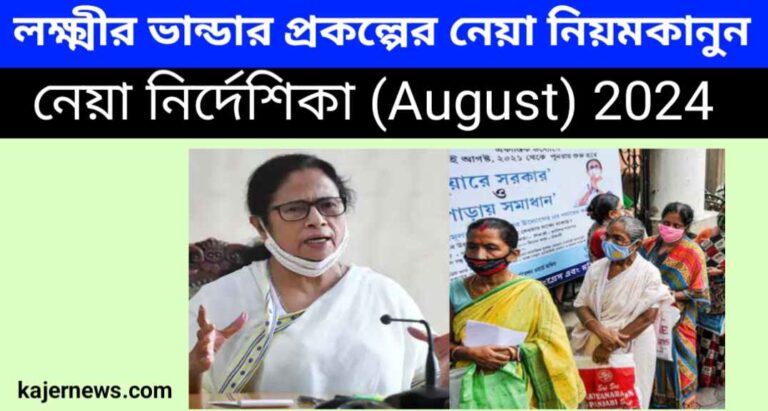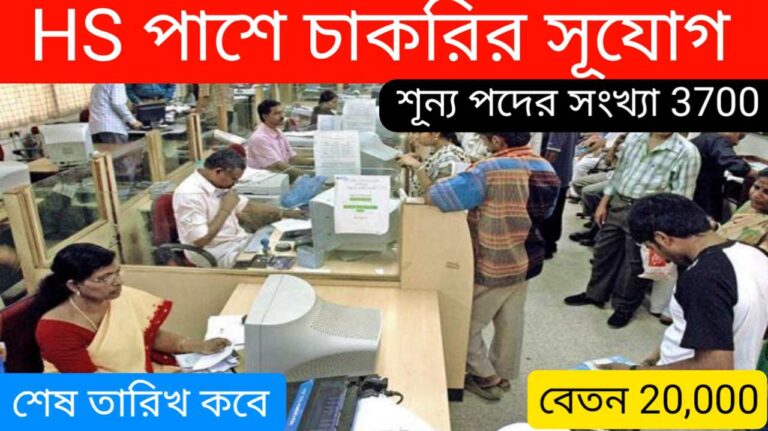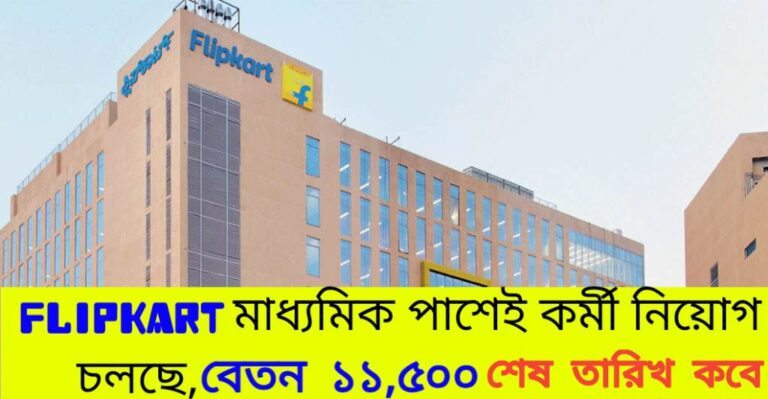Smart Cities Mission: High standards, setbacks, and difficulties
Since its establishment in 2015, the Smart towns Mission has worked to make Indian towns self-sufficient models of urban development, with the goal of catching up to the norms of nations like Singapore, Japan, England, and Dubai. Although the effort was highly publicised upon its debut early in Prime Minister Narendra Modi’s administration, it has not made much headway.
The mission was originally scheduled to wrap up its first phase by 2020, however it has been repeatedly delayed. Now that the June 30, 2024, deadline has been pushed back, it looks like multiple Smart Cities Mission projects won’t be finished on schedule.
State governments will be in charge of finishing these projects after the deadline, according to Union Housing and Urban Affairs Secretary Manoj Joshi. Of the 7,970 projects, 400 are anticipated to take longer than December 2024.
The need for urban development is evident given the country’s rapidly urbanising population, which is expected to increase from one-third of the country’s total population today to 60% by 2050. Through the provision of core infrastructure and services, such as sufficient supplies of electricity and water, sanitary conditions, public transport that operates efficiently, affordable housing, strong IT connectivity, digitization, and efficient governance, the Smart Cities Mission aims to improve infrastructure and quality of life. These cities prioritise public places above private ones, guarantee resource positive or neutrality, and strive to be sustainable.
The mission of smart cities and the urban poor
The mission’s ability to provide the urban poor with inexpensive homes is essential to its success. India has implemented programmes like Rajiv Awas Yojana (RAY) and Pradhan Mantri Awas Yojana-Urban (PMAY-U) to address the housing crisis, taking cues from global models like Singapore. The PMAY’s qualifying requirements, which deny many urban slum dwellers access to subsidised home loans, have drawn criticism, aggravating the impoverished’s marginalisation.
In order to accomplish the mission’s objectives, the private sector plays a crucial role. Public-private partnerships, or PPPs, are crucial for innovation and development. To guarantee that projects are inclusive and reasonably priced, these collaborations must strike a balance between the interests of citizens and corporate profits.
The Smart Cities Mission’s sheer size demands innovative and long-lasting funding solutions. Alternative finance strategies such as community-driven financing and impact investing should be investigated. Additionally, developing sustainable infrastructure can be encouraged by utilising carbon markets and green bonds.
Through the use of ethical investing techniques and diversification of funding sources, the mission may ensure the necessary financial resources to meet its long-term objectives while upholding its social and environmental responsibilities.
Concerns about surveillance
The mission’s core components of digital integration and data-driven tactics raise privacy and surveillance issues. Notwithstanding the Parliamentary Standing Committee on Housing and Urban Affairs’ suggestions for protecting privacy—which are exemplified by the installation of more than 76,000 CCTV cameras around the cities—the massive data collecting and monitoring involved have spurred discussions regarding privacy rights.
The ministry in charge of the Smart Cities Mission is hesitant to give more extensions to the deadlines because of obstacles including relocation, red tape, and delays in coordination. A sizeable amount of the overall projects have been finished as of December 1, with Madurai notably reaching 100% completion. The mission’s second phase intends to extend to Tier-2 cities, with an emphasis on regions that are 50–100 km away from capital cities and popular tourist destinations. This underscores the mission’s continued commitment to urban development in spite of many obstacles.
The Mission is frequently associated with futuristic technologies and glittering towers. But genuine urban change requires examining the social fabric in addition to aesthetics. The mission’s ability to help all residents—not just a wealthy few—bridge the gap between desire and reality is what will determine its success. In order to ensure that marginalised populations are not left behind in the quest of progress, the mission must place a high priority on inclusive development. Smart cities won’t be genuinely livable and fair places for everyone until then.






